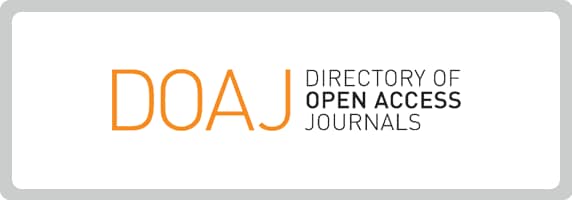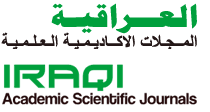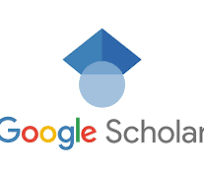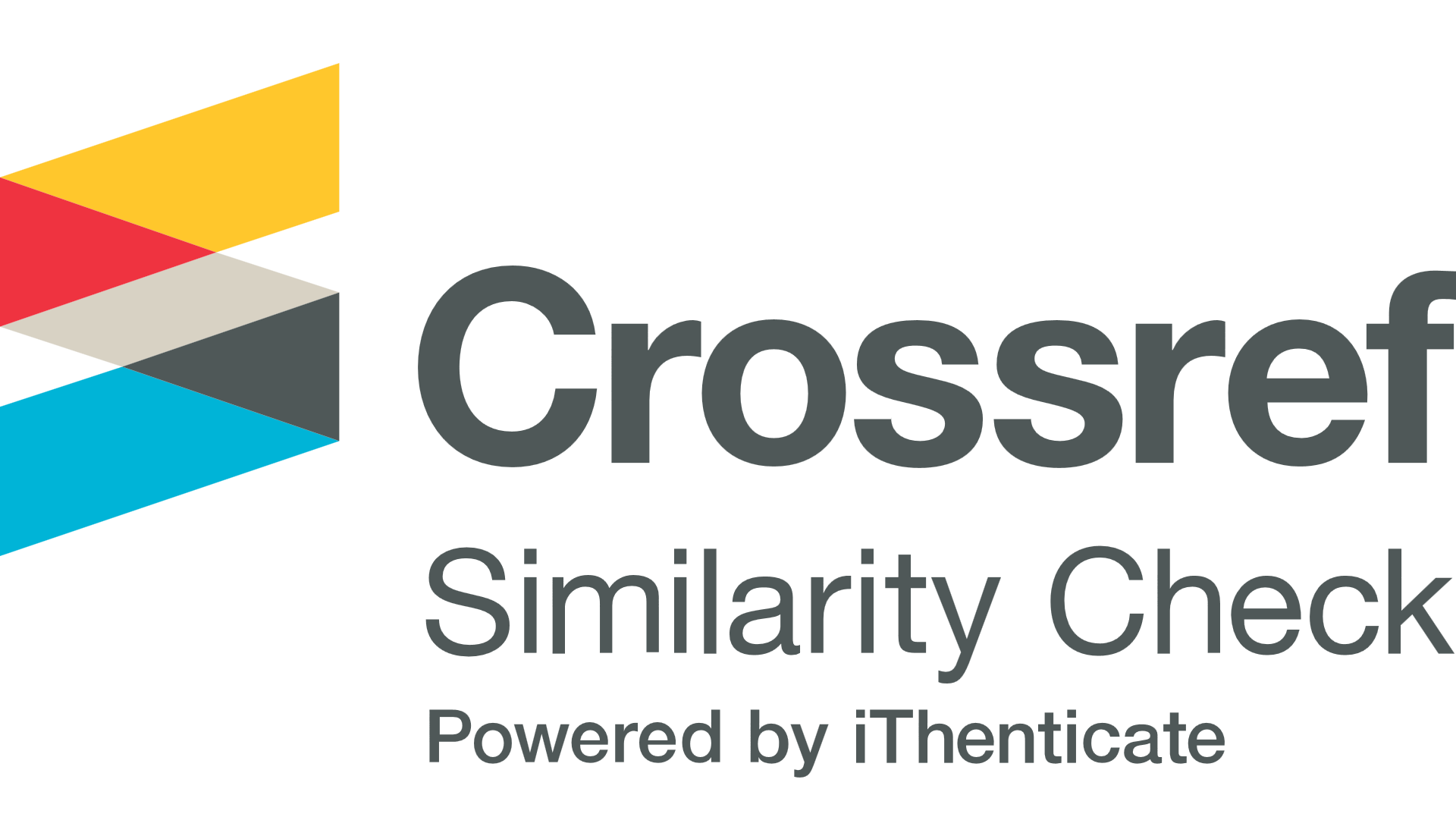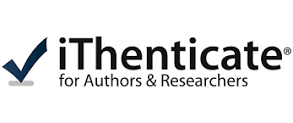Peer Review Process
JOURNAL OF EDUCATION AND SCIENCE uses the double-blind peer-reviewing system to assure the quality of the reviewing process. All manuscripts should be submitted through our online manuscript management system. For a manuscript with minimal JES requirements and within the journal's aims and scope, the editor-in-chief sends the manuscript to three external scientific reviewers who are not from the same institute as the authors and not one of the editorial board of the JES. We will use iThenticate to check similarities before sending them to external reviewers. We will notify corresponding authors within one to two months about their manuscripts through our online system. JES depends on external reviewers in reviewing the submitted manuscript and did not allow authors to suggest the reviewers; in addition, the editorial board members did not share in the reviewing process as reviewers, but they have a significant role in choosing the manuscript's reviewers depending upon their specialty.
1. Submission of Article: The corresponding or submitting author submits the article to the EDUSJ. This is usually via an online system.
2. Structural Assessment: The Exudative Director checks the article's composition and arrangement against the journal's Author Guidelines to ensure it includes the required sections and stylizations. The quality of the article is not assessed at this point.
3. Editor-in-Chief Assessment and Processing: The Editor-in-Chief checks that the article is appropriate for the journal and is sufficiently original and exciting. If not, the paper may be rejected without being reviewed any further.
4. Plagiarism Checkup: The article at this step is tested by Ithenticate for similarity results; if it is less than 20%, the manuscript is considered for reviewer assignment; else, the paper is rejected due to similarity results.
5. Invitation to Reviewers: The Editor-in-Chief sends invitations to individuals they believe would be appropriate reviewers. As responses are received, further invitations are issued, if necessary, until the required number of acceptances is obtained (three accepted reviewer decisions).
6. Response to Invitations: Potential reviewers consider the invitation against their expertise, conflicts of interest, and availability. They then accept or decline.
7. Review is Conducted: The reviewer sets time aside to read the article several times. The first read is used to form an initial impression of the work. If significant problems are found at this stage, the reviewer may feel comfortable rejecting the article without further work. Otherwise, they will read the paper several times, taking notes to build a detailed point-by-point review. The review is then submitted to the journal with a recommendation to accept or reject it – or else with a request for revision (usually flagged as either major or minor) before it is reconsidered.
8. Journal Evaluates the Reviews: The Editor-in-Chief considers all the returned reviews before making an overall decision. If the reviews differ widely, the editor may invite an additional reviewer to get an extra opinion before making a decision.
9. Primarily Decision: The Editor-in-Chief sends a decision email to the author, including any relevant reviewer comments. The reviewer's name is anonymous to the author (s) as a part of a double-blind reviewing system.
10. Author Send Revised Manuscript: The author should make the changes asked by the reviewer to do and should highlight these changes in red or yellow shadow.
11- Final Decision: If accepted, the author should pay the publication fee, and the article should be sent to the page designer and linguistic editor and then to the publisher.
.%5B1%5D.png)
